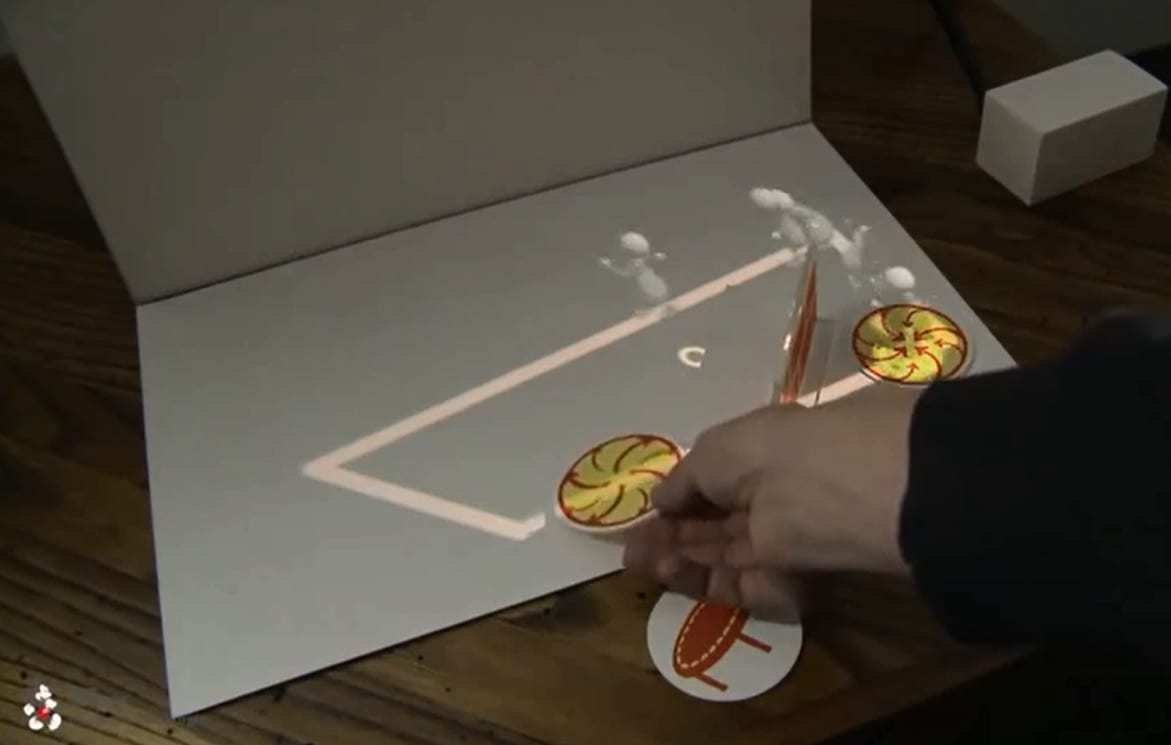The technology is being used to help to broaden the experience of games and storybooks.
Though the idea of augmented reality is nothing new for Disney – in fact, it has been using it quite regularly in Disneyworld, such as in the ghosts in the Haunted Mansion that will “follow you home” at the end, or the occasional Innoventions exhibit in Epcot – the magic of this tech will soon be brought home for children of all ages to enjoy.
Disney has announced that it will be incorporating AR into its storybooks for an enhanced reading experience.
This means that before long, bedtime stories will be able to come to life not only in the imaginations of the children who hear them, but also right before their eyes through projected augmented reality. This could make storybooks far more interactive and even more exciting for kids. No longer will they be limited to cardboard pop-ups that move through the use of a little tab, sound buttons on a strip at the side of the book, or choose your own adventures.
Though books have always been fun, augmented reality will provide tomorrow’s children with something new.
At the moment, the augmented reality technology is limited to a projector, but Disney feels that its project HideOut will soon be something that kids will be able to use with the projectors that will be incorporated into many different kinds of device, such as smartphones and handheld game consoles.
The books will be printed with the use of a special form of ink that absorbs infrared light. That is a range of light wavelengths that are not visible to the human eye. They will be applied to certain specific parts of the pages. Standard printers ink can be used right over top of it without interrupting its benefit. This means that a storybook will not only be able to have standard illustrations, but that imagery will also be able to be tracked. The mobile projector and its built-in camera will be able to sense the inks so that the appropriate digital images can then be projected on to the surface of the page, animating the story in a way that it will be able to interact with the printed illustrations.

